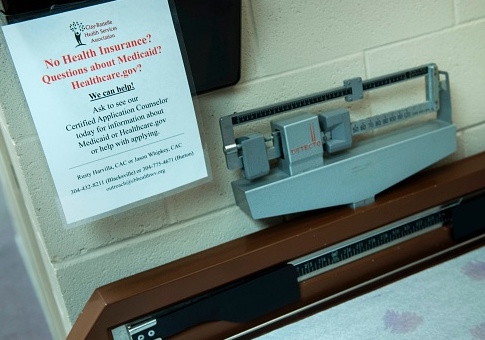Medicaid patients in New Hampshire are younger but cost 39 percent more than those in the individual insurance market, according to a report from Gorman Actuarial, Inc.
The study evaluated how the Medicaid population has impacted insurance premiums by looking at 2016 data.
New Hampshire's individual health insurance market was greatly expanded through Medicaid or the Premium Assistance Program (PAP). From December 2015 to December 2016, the individual market increased coverage by 75 percent or 42,000 members.
The report found that while the Medicaid beneficiaries enrolled in the program were younger, they still cost more than others in the individual market.
A majority of Medicaid patients—59 percent—were under 40, compared with only 39 percent of those individuals under 40 in the non-Medicaid population. Forty-six percent of Medicaid patients are over 50 while only 24 percent were over 50 in the non-Medicaid population.
"The age differences in these two populations might suggest that observed medical costs for the [Premium Assistance Program] population should be lower than the Non-[Premium Assistance Program] population, not higher," the report states.
The study, however, found that those on Medicaid cost more. Those on Medicaid had claim costs of $538 compared with $428 for those not on Medicaid, a difference of 26 percent.
It also was noted that all of those enrolled in Medicaid signed up for a platinum equivalent plan while 35 percent of those not on Medicaid chose a bronze plan.
"This distribution reflects those individuals who receive subsidies to enroll in more comprehensive plan designs," the report states. "Since [Premium Assistance Program] enrollees are enrolled in more comprehensive plans, the lower member cost sharing has less influence on enrollee behavior and utilization of health care services. Therefore, PAP enrollee's medical costs may be higher due to induced demand."
After adjusting for increased demand and age, the study finds that those on Medicaid have 39 percent higher costs than others in the individual market.
The study also found that under Obamacare's risk-adjustment program, which transfers funds from insurers with low-risk enrollees to those with higher-risk enrollees, $41 million was transferred from Medicaid-covered plans to other plans on the individual market.
If the state of New Hampshire had not expanded Medicaid and that population was excluded from the individual market, claims costs would decline by 14 percent.
"An analysis of 2016 data indicates that the PAP population has higher medical expenditures which impacts the overall individual market risk pool," the report explains. "If this population was not included in the single risk pool, [Gorman Actuarial] projects that adjusted medical claim costs would have been lower by approximately 14 percent in calendar year 2016."
